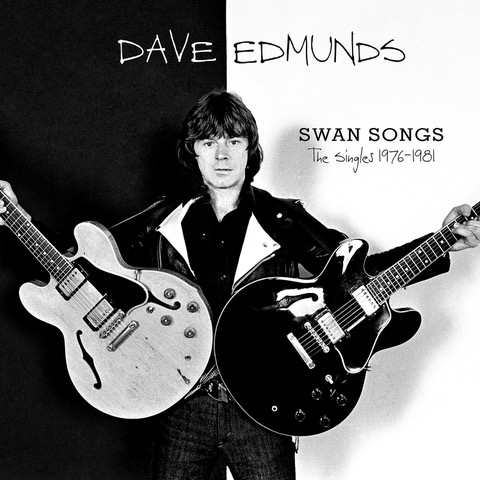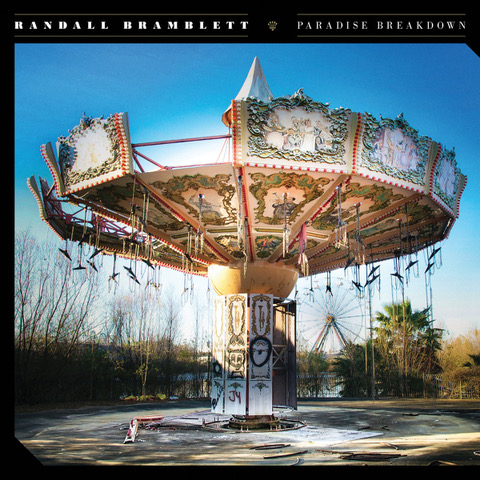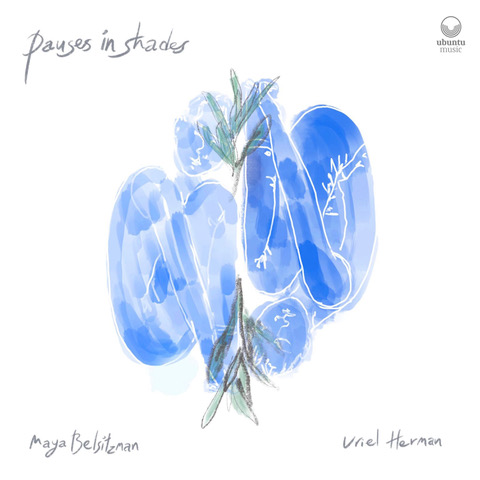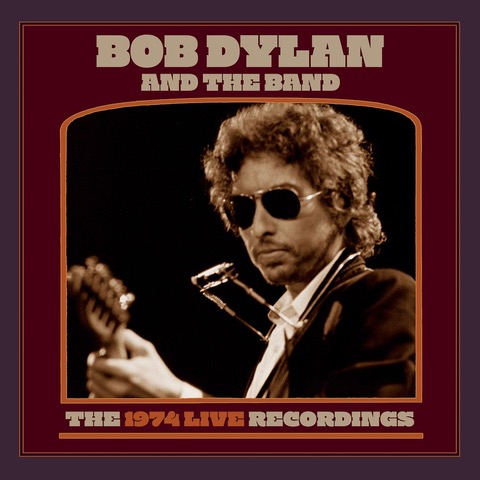Remember when a double album – two vinyl LPs, each with about 30 minutes of music – was a big deal? Those days are long gone. Not only have recent years witnessed a plethora of four-, five-, and six-CD box sets, but we’ve occasionally seen some truly over-the-top releases, such as the 38-disc Woodstock: Back to the Garden, the 16-disc R&B in DC, and the 20-disc The Memphis Blues Box. And then there’s Bob Dylan, whose contributions to the mega-box world include The 1966 Live Recordings, a 36-CD set issued in 2016, and now, The 1974 Live Recordings, which fills 27 CDs.
Like the earlier box, the new one captures Dylan on a whirlwind tour with the Band (though, in 1966, they weren’t known by that name and weren’t famous). It’s the same 40-concert, 21-city tour that was featured in 1974’s two-LP set, Before the Flood, but that collection had a playing time of about an hour and a half whereas the new one clocks in at around 29 hours.
Despite the mind-blowing size, The 1974 Live Recordings does not contain everything from the tour. As the liner notes awkwardly explain, quite a few of the shows were officially recorded, and “what’s presented here are as many of those official recordings that remain.” Unlike the 1966 box, this one does not make room for the material on low-quality audience tapes. Nor does it embrace numbers that feature the Band sans Dylan, eight of which are on Before the Flood.
Given how much The 1974 Live Recordings does include, however, no one is likely to gripe about omissions. On the contrary, casual fans might well complain that the collection is bloated: because Dylan didn’t vary his setlists all that much, it incorporates only 37 compositions among its 431 tracks, including umpteen versions of many songs. Though nine numbers show up only once or twice, 11 appear at least 20 times, the record-holder being “Most Likely You Go Your Way (And I’ll Go Mine),” which shows up in a whopping 34 versions.
Why feature so much repetition? The answer – which also explains the length and multiple renditions in The 1966 Live Recordings – apparently has to do with European Union copyright law: music not issued on record within 50 years of its performance winds up in the public domain. Dylan and his label, in other words, would have lost the rights to anything from the concert series that they didn’t include here. That said, the collection is priced as if it were somewhat smaller than it is; and serious fans will appreciate the often subtle differences between various versions of the songs, nearly all of which are previously unreleased.
Moreover, many of the numbers have been reimagined to the point where they bear little resemblance to the earlier studio recordings. The box features a wide range of stellar material from throughout Dylan’s career to that point, starting with “Song to Woody” from his eponymous debut LP. Also here are classics from The Freewheelin’ Bob Dylan (“Girl from the North Country,” “Blowin’ in the Wind,” and “Don’t Think Twice, It’s All Right”), Another Side of Bob Dylan (“To Ramona,” “I Don’t Believe You (She Acts Like We Never Have Met),” and “It Ain’t Me, Babe”), and The Times They Are A-Changin’ (the title track, plus “Ballad of Hollis Brown,” “One Too Many Mornings,” and “The Lonesome Death of Hattie Carroll”).
Dylan delivers the lion’s share of Bringing It All Back Home (“She Belongs to Me,” “Maggie’s Farm,” “Love Minus Zero/No Limit,” “Mr. Tambourine Man,” “Gates of Eden,” “It’s Alright Ma (I’m Only Bleeding),” and “It’s All Over Now, Baby Blue”) and much of Highway 61 Revisited (the title cut, plus “Like a Rolling Stone,” “It Takes a Lot to Laugh, It Takes a Train to Cry,” “Ballad of a Thin Man,” and “Just Like Tom Thumb’s Blues”).
Blonde on Blonde yields “Rainy Day Women #12 & 35,” “Most Likely You Go Your Way (And I’ll Go Mine),” “Just Like a Woman,” and “Leopardskin Pillbox Hat,” while Dylan draws one song each from Pat Garrett & Billy the Kid (“Knockin’ on Heaven’s Door”), John Wesley Harding (“All Along the Watchtower”), and Nashville Skyline (“Lay Lady Lay”).
He also plays four numbers from Planet Waves, his then-current release (“Tough Mama,” “Something There Is About You,” “Wedding Song,” and “Forever Young”) and serves up three rarities: “Hero Blues” and “Mama You Been on My Mind,” both of which date from his early 1960s Witmark demos, and “Nobody ’Cept You,” a Planet Waves outtake that would appear on 1991’s The Bootleg Series Vol. 1–3.
These concerts capture Dylan at a key juncture. Aside from the Pat Garrett & Billy the Kid soundtrack, which appeared the previous summer, he had not issued any new music since 1970’s underrated New Morning (a Top 10 hit but not an album that garnered the sort of praise associated with his 1960s masterpieces). Nor had he toured since 1966, when he performed the shows preserved in the earlier box.
Anyone who counted him out was proven wrong, however: the 1974 tour sold out large stadiums and garnered deservedly excellent reviews. A couple of weeks after the concert series began, moreover, Dylan released the aforementioned Planet Waves, which features backup by the Band and quickly became his first No. 1 album in the U.S. It would be followed in short order by such other classics as the chart-topping Blood on the Tracks and Desire and another blockbuster tour, 1975’s Rolling Thunder Revue, which is itself the subject of a gargantuan 16-disc box set.
Also Noteworthy

Dave Edmunds, Swan Songs: The Singles 1976–1981. Wales native Dave Edmunds, who founded Rockpile, also released a slew of singles under his own name. Though a few of those 45s (including “I Hear You Knocking,” a Top 5 hit) appeared on other labels, the lion’s share of the roots rocker’s best solo work showed up on Swan Song between 1976 and 1981.
That material, which draws on rockabilly and other early rock styles, has already been anthologized several times. However, this two-CD set is the best compendium yet. It features new liner notes and embraces restored and remastered versions of every A and B side from the period.
Highlights include two co-writes with fellow Rockpile member Nick Lowe, “Here Comes the Weekend,” which recalls the Everly Brothers, and the well-hooked “Deborah.” Among other standouts are “Where or When,” the Rodgers & Hart standard that Dion and the Belmonts also recorded; Lowe’s fast-paced “I Knew the Bride”; and covers of Elvis Costello’s “Girl Talk,” Graham Parker’s “Crawling from the Wreckage,” the Trade Winds’ “New York’s a Lonely Town,” and John Fogerty’s “Almost Saturday Night.” None of these infectious songs made much of a dent in the charts, but they should have.

Randall Bramblett, Paradise Breakdown. A popular session and touring musician for half a century, multi-instrumentalist Randall Bramblett has worked with artists ranging from Bonnie Raitt, Gregg Allman, and B.J. Thomas to Robbie Robertson, Traffic, and Widespread Panic. The Georgia native has also released more than a dozen solo albums that show off his sophisticated songwriting and gritty vocals.
Paradise Breakdown, which includes 11 numbers that he wrote (one with co-authors), ranks with his best. One highlight is the album’s first single, the funky, brassy “Throw My Cane Away,” which namechecks Dr. John (as “Mac”); another is “The Circus,” a moody ballad whose instrumentation emphasizes piano and Bramblett’s effusive vocal work.

Maya Belsitzman & Uriel Herman, Pauses in Shades. Israeli cellist Maya Belsitzman and pianist Uriel Herman team up for a remarkable musical journey on Pauses in Shades, a nuanced, mostly instrumental set that draws on Middle Eastern folk, free-form jazz, and classical music. (One number is called “Homage to Chopin.”) Though largely improvisational, the album’s 10 tracks are consistently well-structured.
Fasten your seat belt for an emotional roller coaster. The music ebbs and swells, with soft passages giving way to intense and dramatic ones. It’s a powerful and impressive performance.
Jeff Burger’s website, byjeffburger.com, contains five decades’ worth of music reviews, interviews, and commentary. His books include Dylan on Dylan: Interviews and Encounters, Lennon on Lennon: Conversations with John Lennon, Leonard Cohen on Leonard Cohen: Interviews and Encounters, and Springsteen on Springsteen: Interviews, Speeches, and Encounters.



